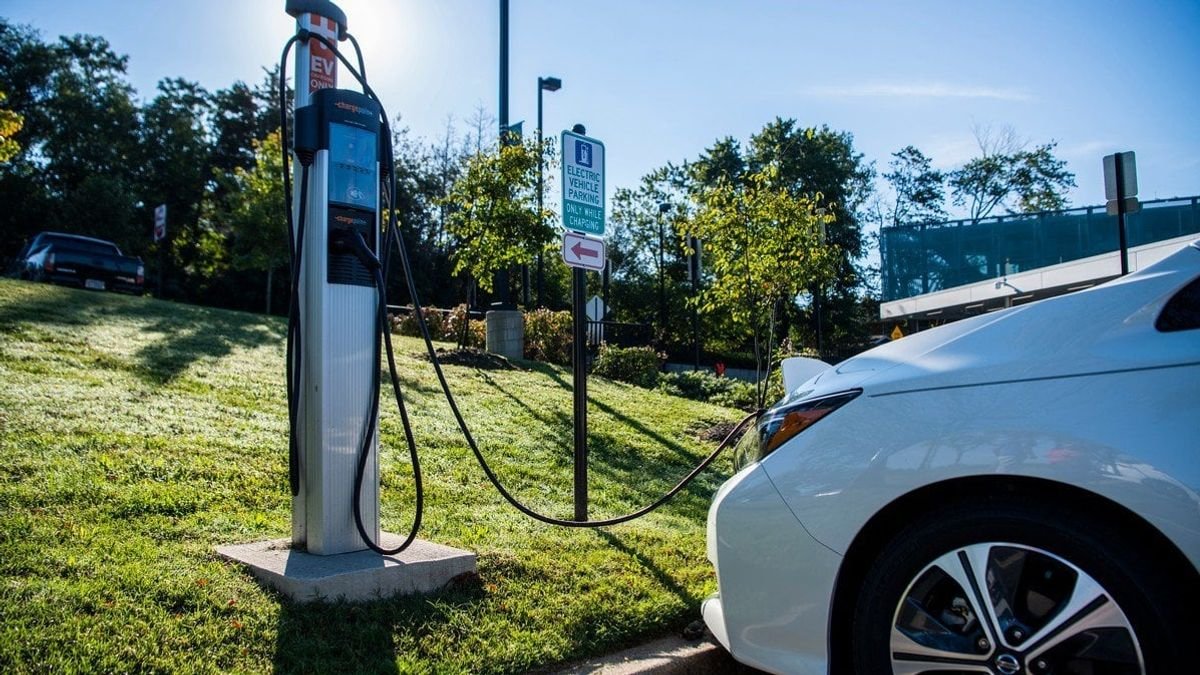Imagine a future where the hum of electric vehicles (EVs) seamlessly replaces the roar of gasoline engines, painting a picture of a cleaner, greener world. This vision, shared by many, hit a roadblock that few anticipated. Two years into an ambitious $7.5 billion initiative by the Biden administration to pepper the nation with EV charging stations, not a single one has risen from the ground. The culprit? An unexpected surge in copper theft, targeting not just these future pillars of green transport but also other renewable energy infrastructures like solar farms and wind turbines. Cities like Seattle and Oakhurst find themselves at the sharp end of this crisis, grappling with costly damages and repairs due to stolen copper cables from EV charging stations. This narrative explores the intricate dance between the push for environmental sustainability and the pull of criminal enterprise, unearthing the tensions at the heart of America’s green revolution.
The High Cost of Going Green
The theft of copper wiring, motivated by the metal’s soaring market value, has emerged as a significant barrier to the deployment of EV charging stations. This challenge extends beyond mere logistical headaches, morphing into a financial and operational quagmire for cities and companies spearheading this transition. In Seattle and Oakhurst, the repercussions of these thefts are felt deeply, with the local authorities and businesses bearing the brunt of replacement costs and service disruptions. This phenomenon is not isolated, as similar incidents are reported across the nation, hinting at a systemic issue that threatens to derail the green energy movement. The Department of Energy has issued guidelines to combat cable theft, emphasizing the environmental imperative of EVs. Still, the problem persists, fueled by a complex cycle of demand for copper in green technologies, theft for resale, and the global recycling market, notably benefiting China.
A Cycle of Crime and Sustainability
The surge in copper theft is symptomatic of a larger issue confronting the green revolution: the intersection of environmental sustainability and crime. As the world pivots towards renewable energy sources, the demand for materials like copper skyrockets, inadvertently creating lucrative opportunities for criminal enterprises. This cycle of theft and resale not only inflicts financial damage on green initiatives but also poses significant setbacks to the global fight against climate change. The irony is palpable – the very materials that promise a cleaner future are now ensnared in a web of crime, highlighting the unforeseen challenges of transitioning to a green economy.
Looking Ahead: Solutions and Challenges
Addressing the copper theft epidemic requires a multifaceted approach, blending technological innovation with stringent security measures and international cooperation. While the Department of Energy’s guidelines mark a step in the right direction, more robust solutions are needed to safeguard the infrastructure critical to the green revolution. This includes the development of theft-resistant materials, enhanced surveillance and security at vulnerable sites, and stronger legal penalties for perpetrators. Moreover, fostering a global dialogue on the recycling of precious metals could help mitigate the demand that fuels this cycle of theft. The road to a greener future is fraught with obstacles, but with concerted effort and resilience, these challenges can be overcome, ensuring that the vision of a world powered by renewable energy becomes a reality.
[ad_2]
Source link




